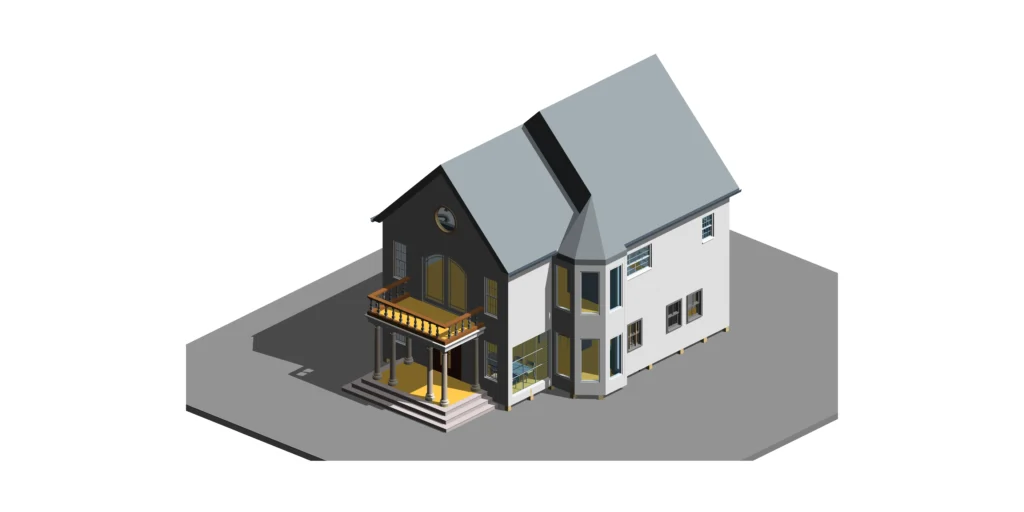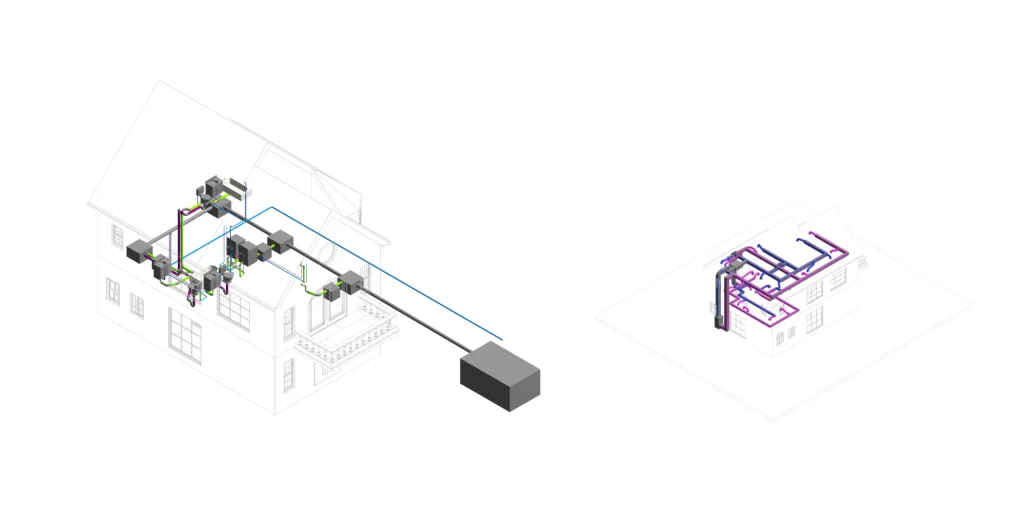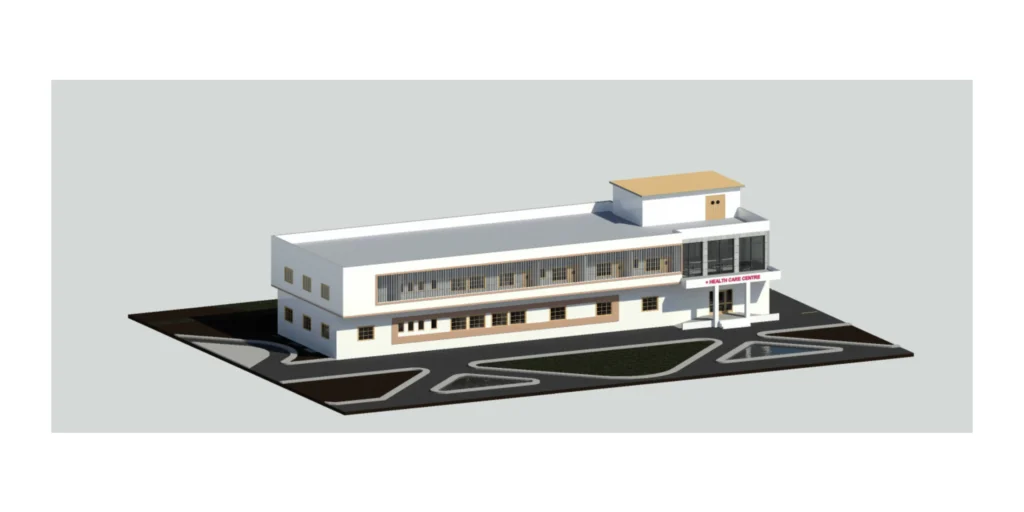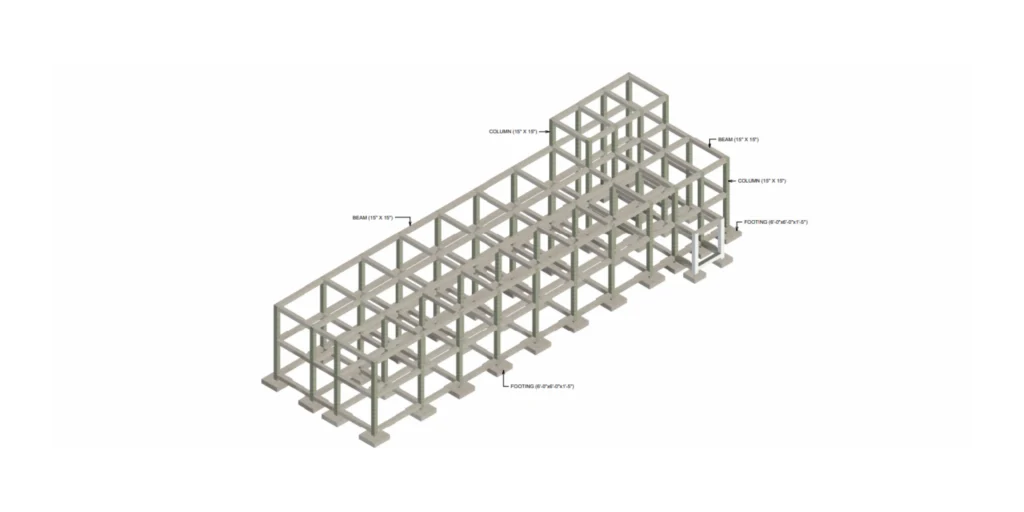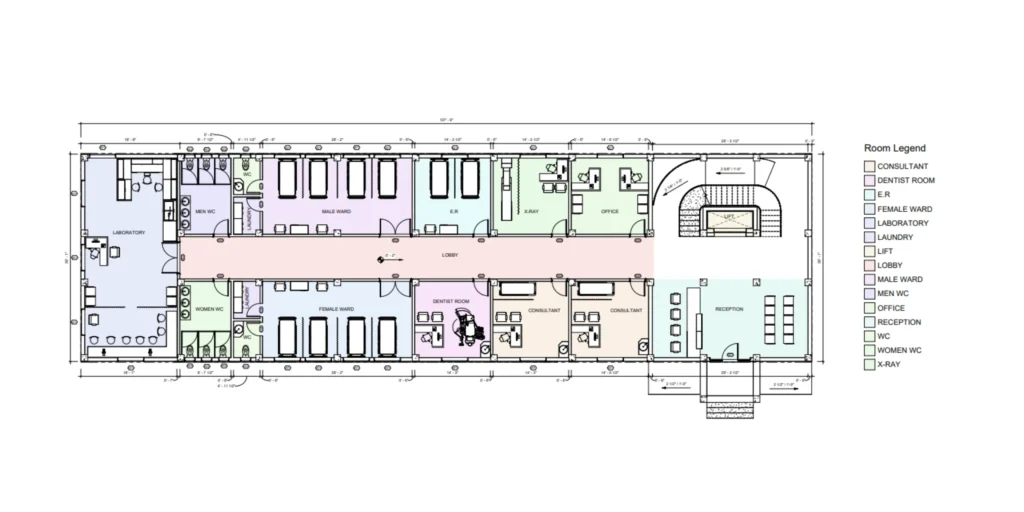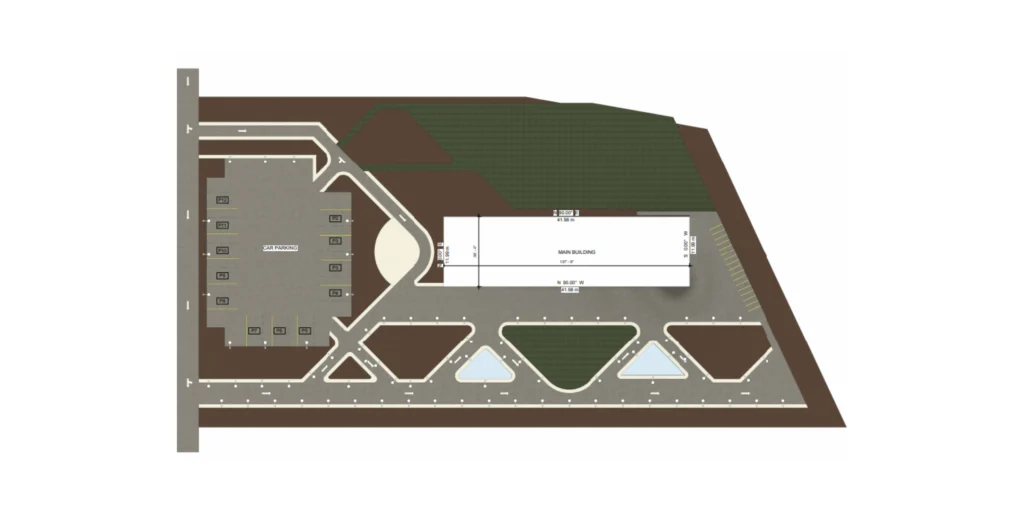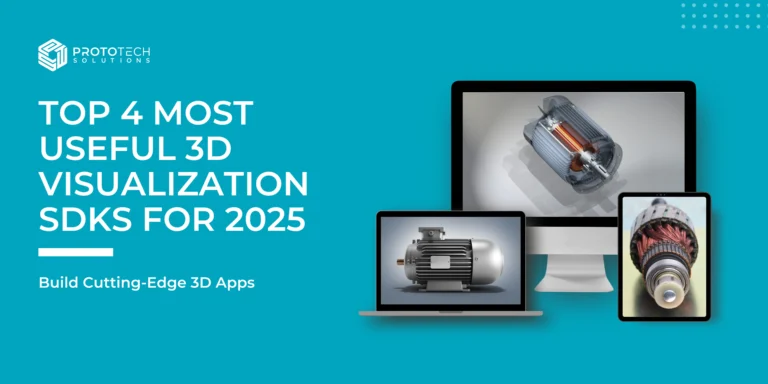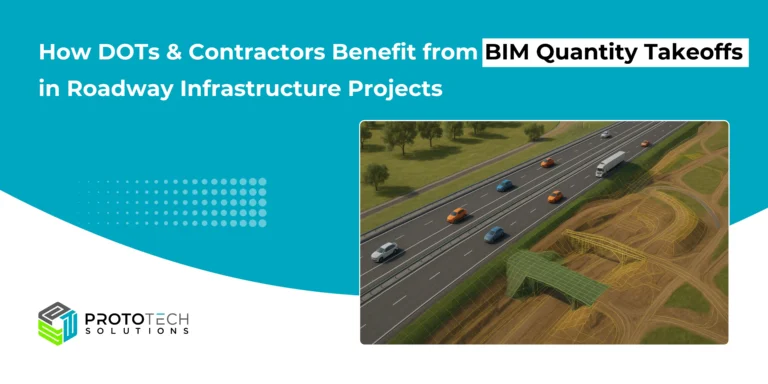The Transformative Impact of AI-Powered Scan to BIM on Modern Construction Projects
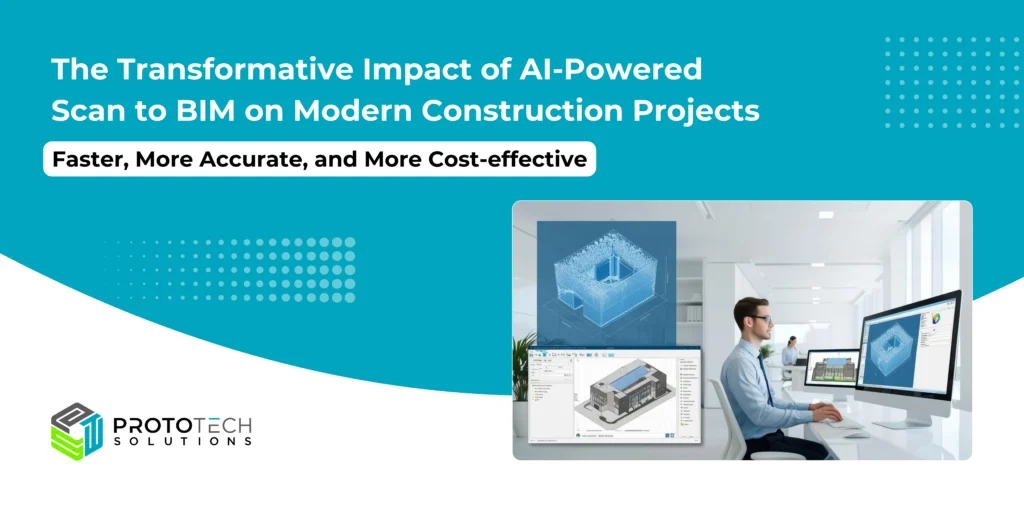
The Architecture, Engineering, and Construction (AEC) industry is constantly evolving, with new technologies emerging to improve efficiency, accuracy, and sustainability. One of the most promising advancements is the integration of Artificial Intelligence (AI) into Scan to Building Information Modeling (BIM) workflows. Scan to BIM involves using 3D scanning technologies to capture existing physical spaces and convert the resulting data into intelligent, editable 3D models. By incorporating AI, this process is becoming faster, more accurate, and more cost-effective, revolutionizing how construction projects are planned, executed, and maintained.
This blog explores the transformative impact of AI-driven Scan to BIM on modern construction projects and why industry professionals should embrace this cutting-edge technology.
What is Scan to BIM?
Scan to BIM is a process that involves capturing physical spaces using 3D laser scanning technology and converting the data into an accurate digital representation in a BIM model. Traditionally, this process required extensive manual efforts to interpret and model point cloud data, often leading to errors and inefficiencies. AI-powered Scan to BIM, however, automates much of this workflow, making it faster and more precise.
The Role of AI in Scan to BIM
AI enhances Scan to BIM by leveraging machine learning algorithms, deep learning, and automation to process large datasets with greater speed and accuracy. AI-powered tools can intelligently classify, recognize, and convert point cloud data into BIM models, significantly reducing human intervention. Some of the core AI applications in Scan to BIM include:
- Automated Object Recognition: AI can identify structural elements such as walls, floors, ceilings, and MEP (Mechanical, Electrical, and Plumbing) components with high precision.
- Data Filtering and Noise Reduction: AI algorithms can clean and optimize raw scan data, reducing errors and inconsistencies.
- Pattern and Feature Recognition: Machine learning models can detect patterns in historical scan data, predicting potential issues before they arise.
- Enhanced Accuracy and Consistency: AI eliminates the risk of human error, ensuring that BIM models are more reliable and detailed.
Benefits of AI-Powered Scan to BIM in Construction Projects
1. Improved Accuracy and Efficiency
Traditional BIM modeling from point cloud data is time-consuming and prone to errors. AI streamlines this process by automatically identifying and mapping architectural, structural, and MEP components, minimizing manual work, and increasing model precision.
2. Faster Project Timelines
Time is a critical factor in construction. AI-powered Scan to BIM accelerates the modeling process, allowing project teams to move quickly from design to execution. What previously took weeks can now be accomplished in days, significantly reducing project timelines.
3. Cost Savings
By reducing the need for manual modeling and minimizing rework, AI-powered Scan to BIM leads to substantial cost savings. Construction firms can allocate resources more efficiently and avoid costly errors that arise from inaccurate models.
4. Seamless Renovation and Retrofitting
For renovation projects, capturing as-built conditions accurately is crucial. AI-driven Scan to BIM simplifies this process by converting scan data into precise digital models, enabling architects and engineers to plan modifications with confidence.
5. Enhanced Collaboration and Communication
With accurate BIM models generated through AI, all stakeholders including architects, engineers, contractors, and owners can collaborate more effectively. Real-time data sharing improves decision-making and reduces miscommunication.
6. Improved Safety and Risk Mitigation
AI-powered Scan to BIM helps identify potential hazards by analyzing structural integrity and detecting clashes before construction begins. This proactive approach enhances on-site safety and reduces risks.
Use Cases of AI-Powered Scan to BIM
1. Heritage Building Restoration
Preserving historical structures requires precise documentation of existing conditions. AI-powered Scan to BIM can create highly accurate digital twins of heritage buildings, enabling restoration teams to work with confidence.
2. Infrastructure Projects
From bridges to tunnels, AI-driven Scan to BIM enhances infrastructure development by providing accurate models for analysis, maintenance, and future upgrades.
3. Facility Management
Accurate BIM models generated through AI assist facility managers in monitoring building performance, planning maintenance schedules, and optimizing energy efficiency.
4. Smart Cities and Urban Planning
AI-powered Scan to BIM is instrumental in designing smart cities by providing urban planners with detailed 3D models of existing structures and landscapes.
The Future of AI in Scan to BIM
The future of AI-powered Scan to BIM is promising, with advancements such as:
- Real-time AI-driven modeling to create instant BIM models from site scans.
- Integration with Augmented Reality (AR) and Virtual Reality (VR) for immersive visualization and on-site planning.
- Cloud-based AI platforms for seamless collaboration and remote access to BIM models.
- Self-learning AI systems that improve accuracy and efficiency with each project.
At ProtoTech Solutions, we’re driven by innovation and excellence! Our passion for Scan to BIM empowers us to deliver cutting-edge architectural and construction solutions that redefine efficiency and cost-effectiveness. By seamlessly integrating this technology into our workflow, we transform projects with precision, speed, and sustainability.
Ready to build smarter? Explore our success stories and see how we help clients take their projects to the next level with top-tier quality and seamless collaboration. Let’s shape the future together!
- https://prototechsolutions.com/portfolio/scan-to-bim-revolutionizing-historical-preservation-for-the-modern-era/
- https://prototechsolutions.com/portfolio/precision-bim-modeling-success-for-belgium-based-warehouse/
- https://prototechsolutions.com/portfolio/transforming-residential-projects-from-schematic-design-to-detailed-construction-documentation/
